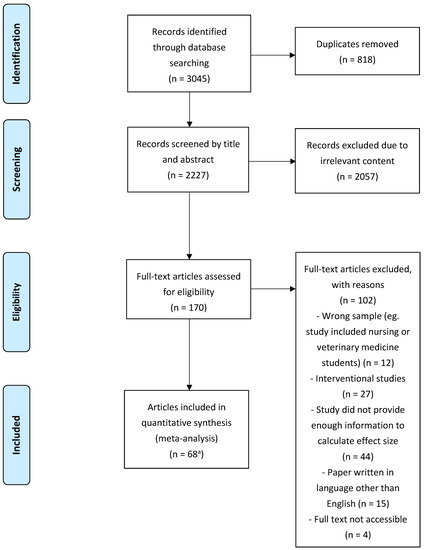

These criteria included that the technique could be implemented by students without assistance, there was sufficient empirical evidence to support at least a preliminary assessment of efficacy, and there was robust evidence to identify the generalizability of its benefits across four categories of variables materials, learning conditions, student characteristics and criterion tasks. (2013a), claim to have conducted an exhaustive search of the literature, relied on previous empirical reviews of learning techniques, and applied a robust set of selection criteria before selecting final 10 techniques.


This article uses this review as a basis for conducting a meta-analysis on these authors’ references to add another perspective of the magnitude of the various learning techniques and how they are affected by various moderators.ĭunlosky et al. (2013a) reviewed 10 learning techniques and a feature of their review is their careful analyses of possible moderators to the conclusions about the effectiveness of these learning techniques, such as learning conditions (e.g., study alone or in groups), student characteristics (e.g., age, ability), materials (e.g., simple concepts or problem-based analyses), and criterion tasks (different outcome measures). This is unsurprising given the direct, practical applicability of such research, and its relevance to students, educators and school leaders alike.Ī major, thorough, and important review of various learning techniques has created much interest. Learning techniques actions that learners themselves can take to enhance their learning–have attracted considerable research interest in recent years ( Edwards et al., 2014). While the purpose of schooling may change over time and differ across jurisdictions, the mechanisms by which human learning occurs arguably are somewhat more universal. It is recommended that more attention be paid to when, under what conditions, each technique can be used, and how they can best be taught. Other important moderators included the presence of feedback or not, near or far transfer, and the effects were much greater for lower than higher ability students. A major limitation was that the majority of studies in the meta-analysis were based on surface or factual outcomes, and there is caution needed when applying these findings to deeper and more relational outcomes. The most effective techniques are Distributed Practice and Practice Testing and the least effective (but still with relatively high effects) are Underlining and Summarization. (2013a), and is based on 242 studies, 1,619 effects, 169,179 unique participants, with an overall mean of 0.56. This article outlines a meta-analysis of the 10 learning techniques identified in Dunlosky et al. Science of Learning Research Centre, Graduate School of Education, University of Melbourne, Melbourne, VIC, Australia.


 0 kommentar(er)
0 kommentar(er)
